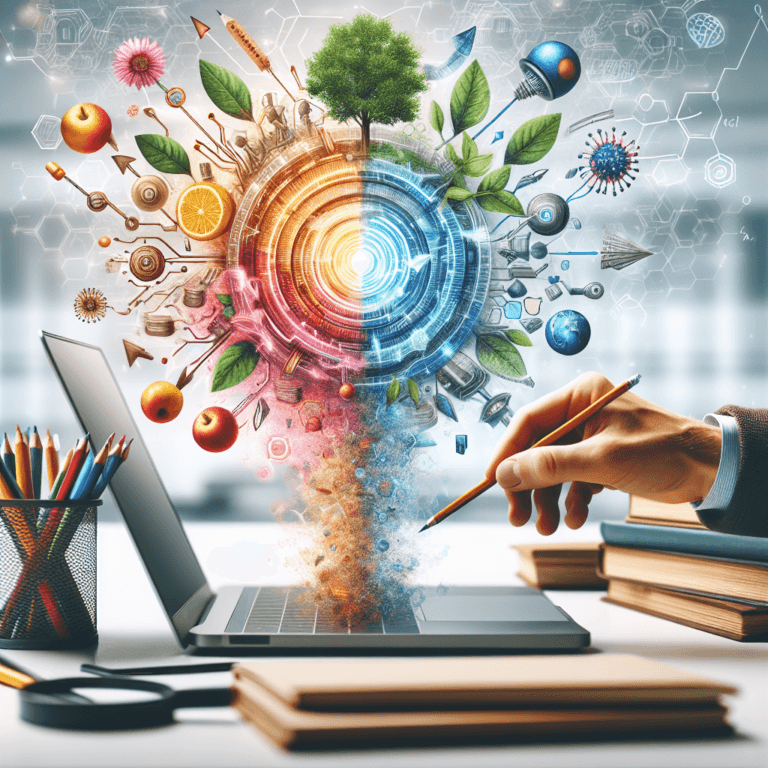Transforming Traditional Learning: The Shift to Online Education
The landscape of education has undergone a remarkable transformation over the past few decades, with a significant shift from traditional classroom settings to online learning environments. This movement has fundamentally changed how knowledge is imparted and acquired, breaking down barriers and providing opportunities that were previously unattainable for many individuals.
The Rise of Online Education
The rise of online education can be attributed to several factors, including advancements in technology, the increasing availability of the internet, and a growing demand for flexible learning options. As high-speed internet became more accessible globally, educational institutions began to experiment with digital platforms. What initially started as supplementary resources to traditional classrooms has now evolved into a fully-fledged alternative to conventional education.
Flexibility and Accessibility
One of the most significant benefits of online education is flexibility. Students can design their own learning schedules, allowing them to balance studies with work, family commitments, or other interests. This flexibility is particularly advantageous for non-traditional students, such as working professionals or parents, who may find it challenging to attend in-person classes.
Accessibility is another crucial aspect of online learning. Geographic barriers that once limited students’ opportunities can now be overcome. Individuals from remote areas, or those with disabilities, can engage with high-quality educational resources without needing to travel. This democratization of learning ensures that a wider audience can benefit from diverse educational offerings.
Diverse Learning Formats
Online education caters to a variety of learning styles through diverse formats. From synchronous classes, where students and instructors interact in real-time, to asynchronous courses, which allow students to learn at their own pace, the options are plentiful. Video lectures, interactive quizzes, discussion forums, and multimedia resources contribute to an engaging online learning experience.
Moreover, online courses often incorporate diverse teaching methodologies, such as gamification and project-based learning, which can enhance student motivation and retention of information. This diversity enables educators to tailor their approaches to meet the specific needs and preferences of their students.
Challenges and Adaptations
Despite its many benefits, the transition to online education is not without challenges. Issues such as technical difficulties, digital divide concerns, and the need for self-discipline are common obstacles faced by students. Additionally, some educators may struggle to adapt their teaching styles to online formats, impacting the overall quality of education.
Educational institutions are increasingly focusing on professional development for instructors, providing training on effective online teaching strategies and technology use. Institutions are also developing robust support systems for students, ensuring they have access to resources and assistance when needed, thereby aiding in overcoming the challenges posed by this new learning environment.
The Future of Education
The shift to online education has sparked discussions on the future of learning. It raises questions about the relevance of traditional degrees and how credentials are perceived in the job market. As employers increasingly recognize the value of online courses and alternative educational pathways, the stigma around non-traditional learning formats continues to diminish.
The integration of technology into education is here to stay, presenting opportunities for hybrid models that combine both in-person and online learning. Such models may offer the best of both worlds, blending the interaction and engagement of traditional classrooms with the flexibility and accessibility of online education.
Conclusion
The transition from traditional learning to online education represents a significant shift in the educational paradigm. As technology continues to evolve, the potential for innovation in teaching and learning remains vast. Embracing this transformation not only enhances access to education but also fosters lifelong learning—a necessity in an ever-changing world. The shift to online education reflects a broader cultural change, affirming that learning can thrive beyond the confines of a physical classroom.







